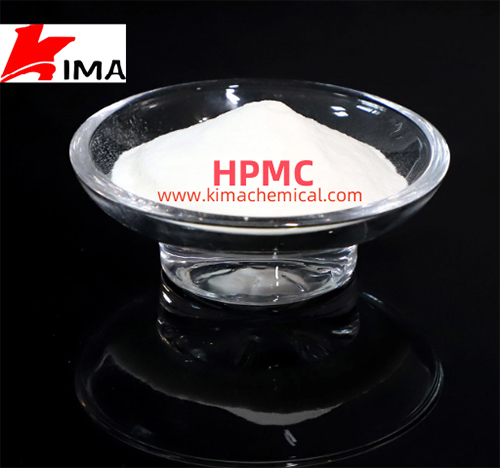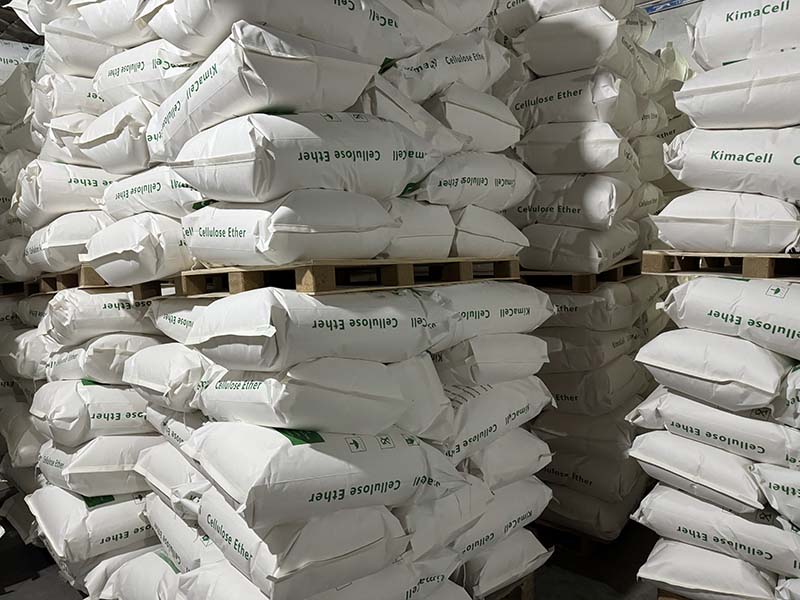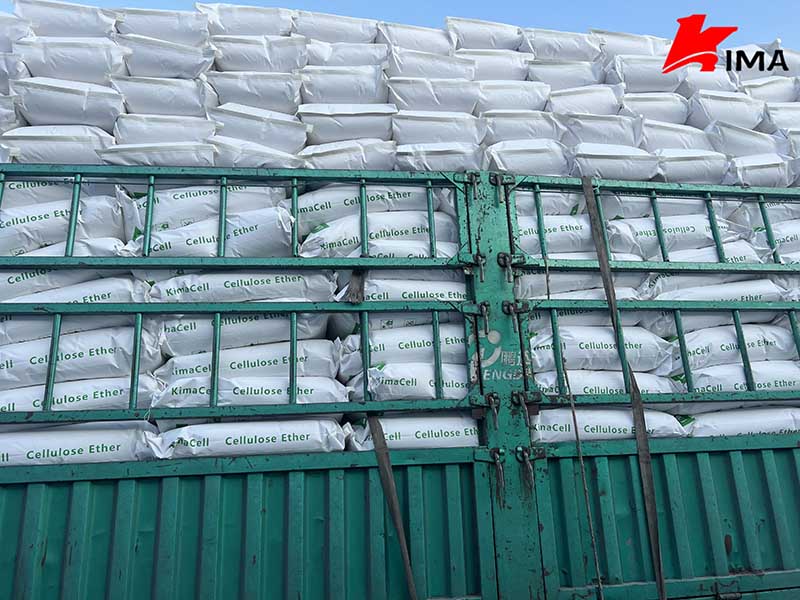HPMC (hydroxypropyl methylcellulose) is a commonly used cellulose derivative, widely used in medicine, food, cosmetics, building materials and other fields. The chemical structure of HPMC is formed by chemical modification of cellulose molecules, and has certain water solubility and thickening properties.

1. Improve stability and control release performance
HPMC has excellent water solubility and thickening properties, which is particularly important in the pharmaceutical industry. In pharmaceutical preparations, HPMC is often used to control the release rate of drugs. By forming a gel structure, it can gradually release drugs in the intestine, prolong the duration of drug efficacy, and reduce the need for frequent medication. In addition, HPMC can stabilize the chemical properties of drugs, prevent drugs from being ineffective due to oxidation or hydrolysis during storage, and ensure drug efficacy.
2. Thickening, suspension and emulsification effects
HPMC is a very effective thickener that can increase the viscosity of the solution and adjust its rheological properties. In the food industry, HPMC is often used as a thickener in foods such as beverages, juices, ice cream, and salad dressings. Its thickening effect can maintain the taste and structure of food, while also being able to work at low concentrations, avoiding the excessive use of other additives.
In addition, HPMC also has a strong ability to regulate suspension and emulsification. In the fields of cosmetics, coatings, etc., HPMC is often used to stabilize suspensions and emulsions to prevent solid particle precipitation or oil-water separation.
3. Improve solubility and bioavailability
Due to its good water solubility, its application in the pharmaceutical field helps to improve the solubility of certain drugs, thereby increasing the bioavailability of drugs. Many drugs dissolve poorly in solid form, and the use of HPMC can promote the dissolution of drugs in the gastrointestinal tract, thereby improving the efficacy of drugs. This is especially important for the treatment of gastrointestinal diseases, diabetes, and other diseases that require rapid onset.
4. Non-toxic and hypoallergenic
HPMC is extracted from natural plant cellulose, and its chemical structure has been modified. It is a non-ionic natural polymer material. It has low toxicity and almost no side effects on the human body. It is widely used in medicines, foods, and cosmetics. Compared with some synthetic chemicals, HPMC's hypoallergenicity makes it a safe choice for many people with sensitive constitutions.
5. Improve taste and texture
In the food industry, HPMC can improve the taste and texture of food. The film it forms in the liquid can make the food more delicate and smooth, improve the taste, and reduce the roughness of the food. Using HPMC in ice cream helps reduce the formation of ice crystals, making the ice cream more delicate and smooth. In baked products, HPMC can enhance the elasticity and softness of the product, improve the taste and storage stability of the product.

6. Wide range of applicability and functions
The application range of HPMC is very wide and can adapt to different environments and needs. In the construction industry, HPMC is often used in building materials such as cement and mortar as a thickener, water retainer, adhesive, etc. to help improve the construction performance and stability of the material. In cosmetics, HPMC is used as an emulsifier, thickener and stabilizer to ensure the quality and texture of cosmetics. In addition, HPMC has also been widely used in industries such as liquid crystal display, paint, and ceramics.
7. Environmental protection
As a derivative of natural cellulose, HPMC has good biodegradability and will not cause long-term pollution to the environment. Compared with some synthetic polymer materials, HPMC has more outstanding environmental protection characteristics. In the context of green chemistry and sustainable development, the environmental protection characteristics of HPMC provide a larger market space for its promotion and application.
8. Application in enteric preparations
As a water-soluble cellulose derivative, HPMC is very important in enteric preparations. Enteric preparations can protect drugs from the destruction of gastric acid, ensure the release of drugs in the small intestine, and increase the efficacy. HPMC has a strong film-forming ability, which can effectively control the release of drugs, and control the release of drugs in the gastrointestinal tract by adjusting the solubility of the membrane.

9. Non-irritating and highly adaptable
Since HPMC is modified from natural plant cellulose, it is non-irritating to the skin and mucous membranes and is suitable for various skin and eye care products. In addition, HPMC has very strong adaptability and can exist stably under different pH and temperature environments, so it can maintain its effect under various conditions.
HPMC cellulose is an efficient, environmentally friendly, non-toxic natural polymer material with significant thickening, stabilization, and controlled release properties. In many industries such as medicine, food, cosmetics, and construction, its application can improve product stability, extend shelf life, and improve texture. With the increasing demand for green and environmentally friendly materials, the wide application prospects of HPMC are worth looking forward to.
 English
English 日本語
日本語 français
français Deutsch
Deutsch Español
Español italiano
italiano русский
русский português
português العربية
العربية Türkçe
Türkçe Nederland
Nederland






